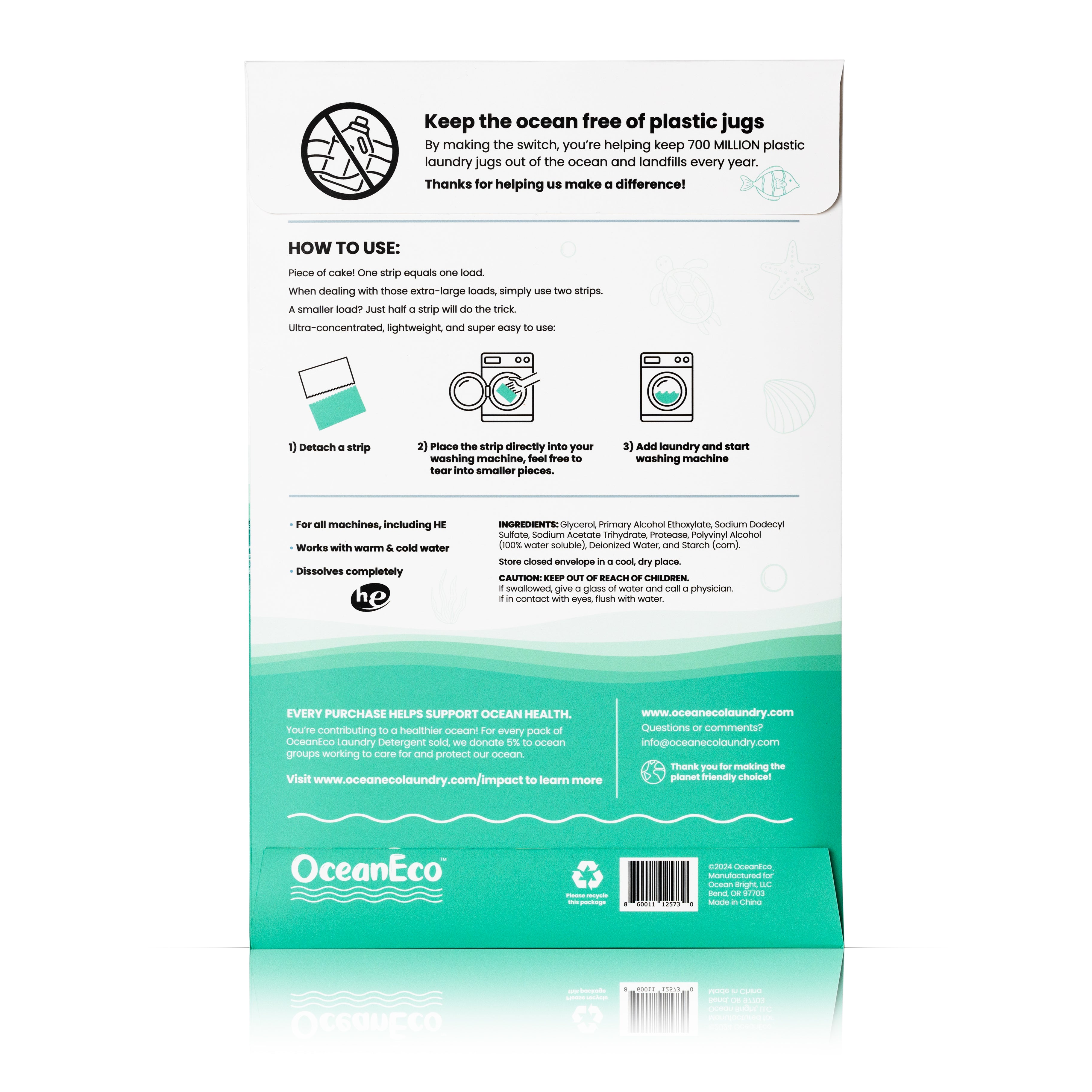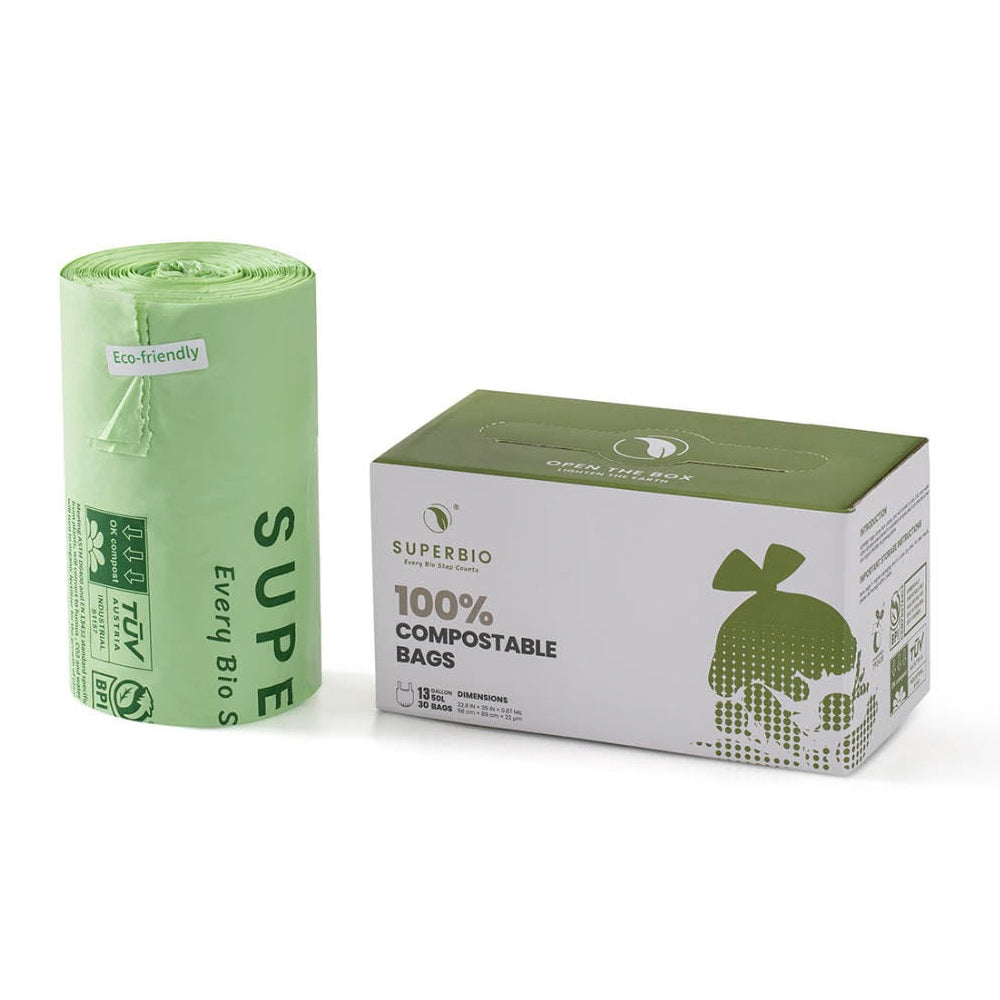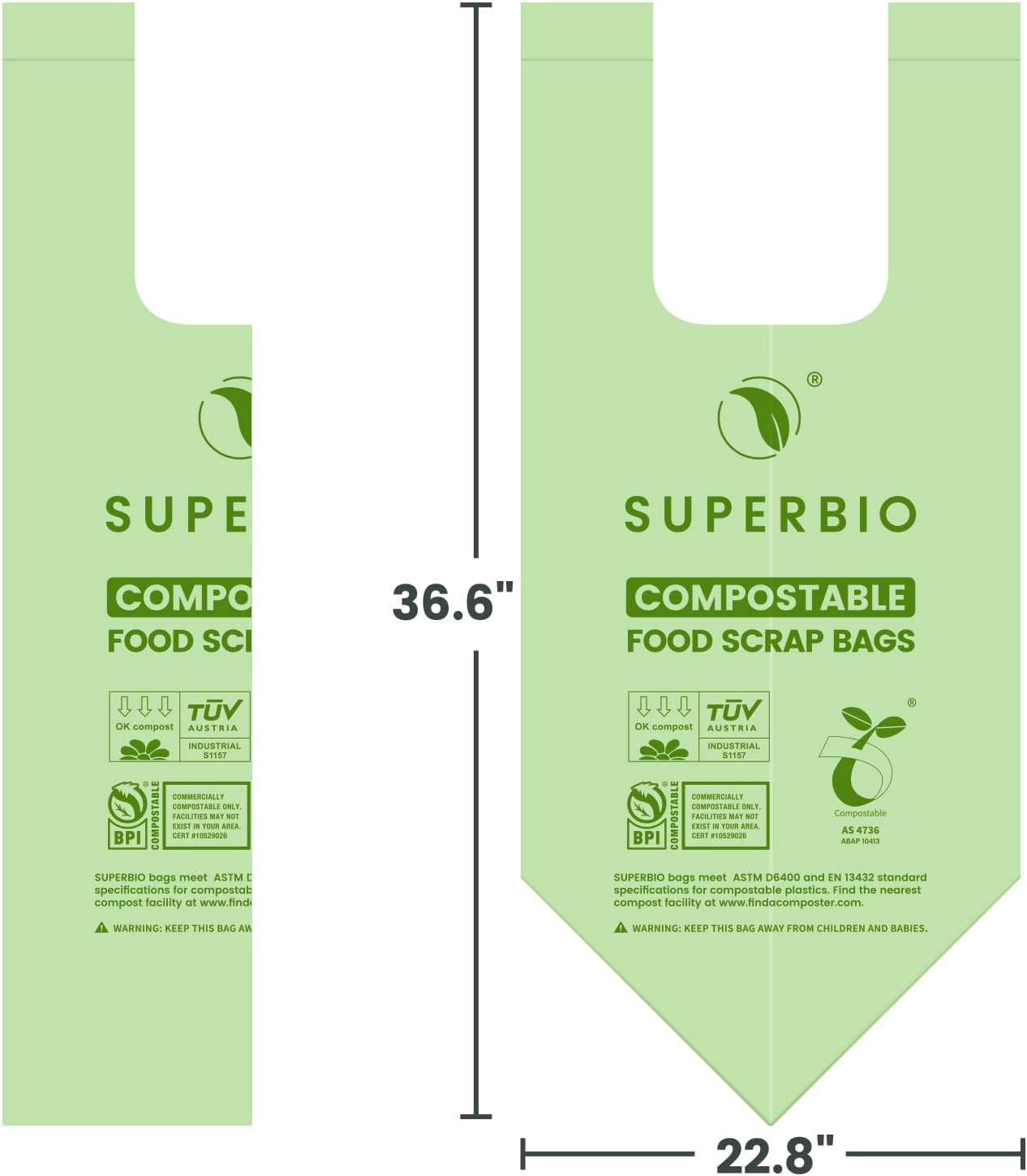A 2,500 Kilometer Oasis of Creatures Rewrites the Search for Aliens
In the frozen darkness of the hadal zone, scientists have uncovered thriving ecosystems that challenge our understanding of survival. Using the submersible *Fendouzhe*, a team descended nearly 9,500 meters into trenches stretching between Russia and Alaska. There, they found colonies of tube worms and clams, nourished not by sunlight, but by gases seeping through cracks in the seafloor.
These organisms rely on chemosynthesis, a process where bacteria convert methane and hydrogen sulfide into energy, allowing life to flourish in conditions once thought too extreme to sustain it, as reported by CNN.

Life underwater can thrive without sunlight.
The Deepest Ecosystem on Earth
The discovery, detailed in the journal Nature, revealed a 2,500-kilometer stretch of chemosynthetic communities, the most extensive and deepest ever documented.
The hadal trenches hold methane-rich fluids produced by microbial activity in buried sediments, which rise through faults and feed dense colonies of clams and frenulate tube worms. In one site dubbed “The Deepest,” researchers recorded thriving organisms at 9,533 meters.
These findings redefine biological limits and suggest that deep ocean trenches are not barren wastelands but vast reservoirs of hidden biodiversity.

Methane and hydrogen sulfide fuel chemosynthesis.
A Clue to Extraterrestrial Survival
The implications extend beyond Earth. Marine geochemist Mengran Du explained to USA Today that these life forms survive in conditions similar to those suspected on moons like Europa and Enceladus. Both are believed to harbor subsurface oceans sealed beneath ice crusts. If methane-driven ecosystems can thrive in Earth’s deepest trenches, they could potentially exist elsewhere in the solar system.
NASA’s Europa Clipper mission, launched in 2024, is expected to help determine whether such life-supporting environments exist when it begins flybys in 2030.

Ocean trenches can recycle and store carbon.
Changing Our View of Carbon and Climate
This research also reshapes understanding of Earth’s carbon cycle. High concentrations of methane found in the sediments show that these trenches act as both carbon sinks and recycling hubs. According to CNN, microbes convert organic matter into methane, which then fuels entire ecosystems. This local production of organic material reveals that the trenches are not only supporting life but are also locking away greenhouse gases in unexpected ways.

Earth’s trenches model alien oceans.
From Ocean Depths to Cosmic Questions
For decades, scientists assumed life required energy from the sun. These findings show otherwise. As AS reports, the “astonishing abundance and diversity” of deep-sea organisms highlight resilience in the harshest environments.
The trenches serve as both laboratories of adaptation and blueprints for what life could look like beyond Earth. With every dive, researchers are piecing together a story that links Earth’s darkest oceans to the possibility of alien oceans far away.





























































































































































































































































































































































